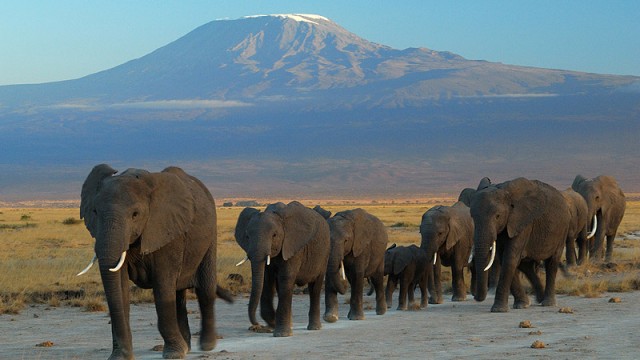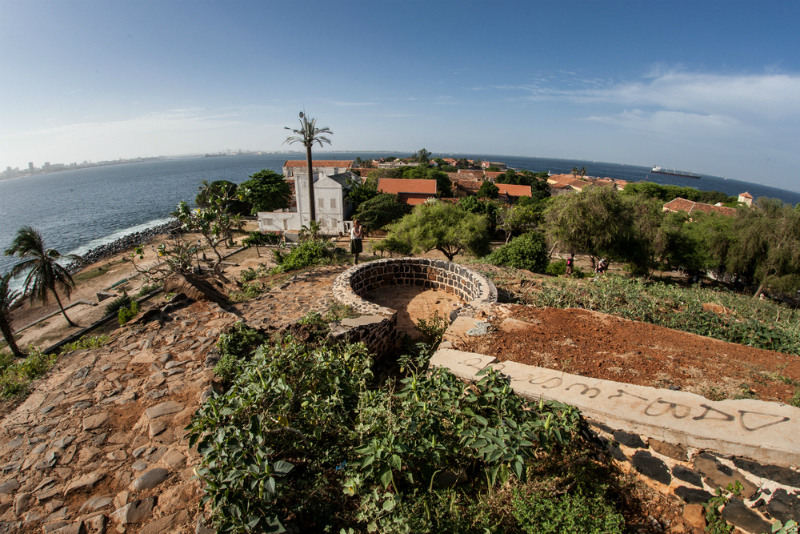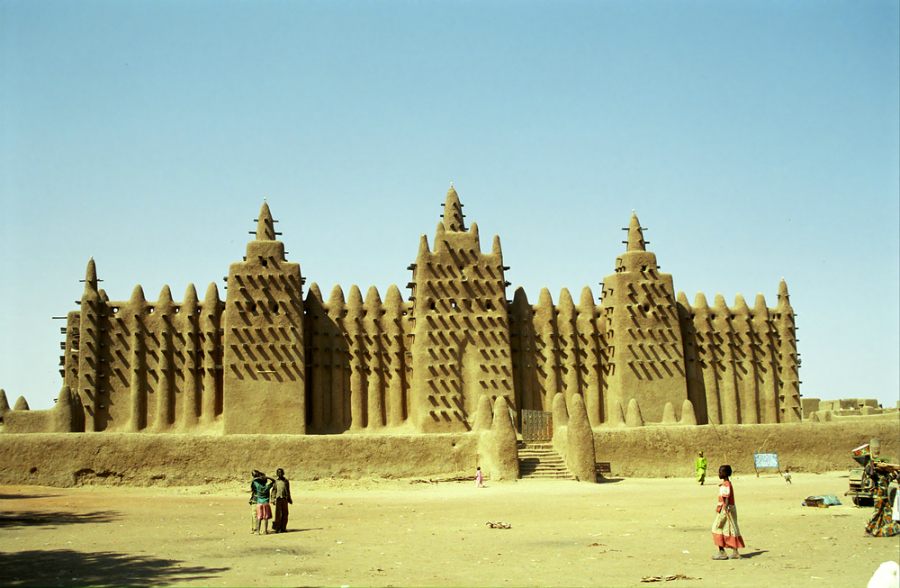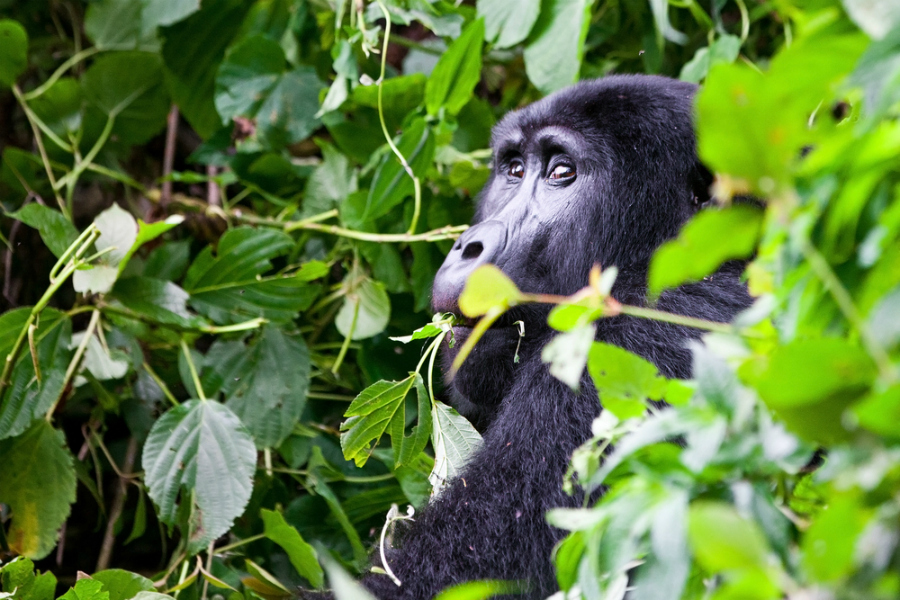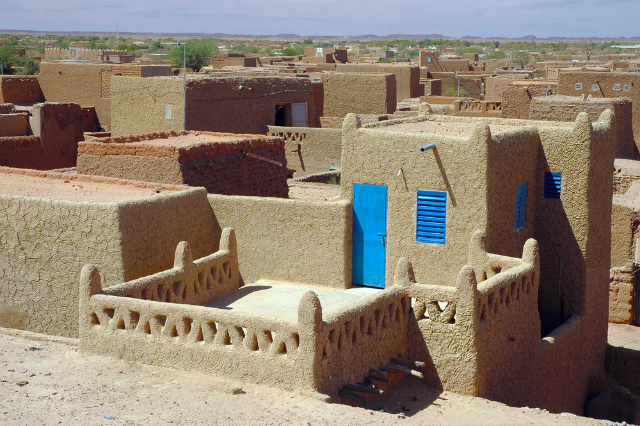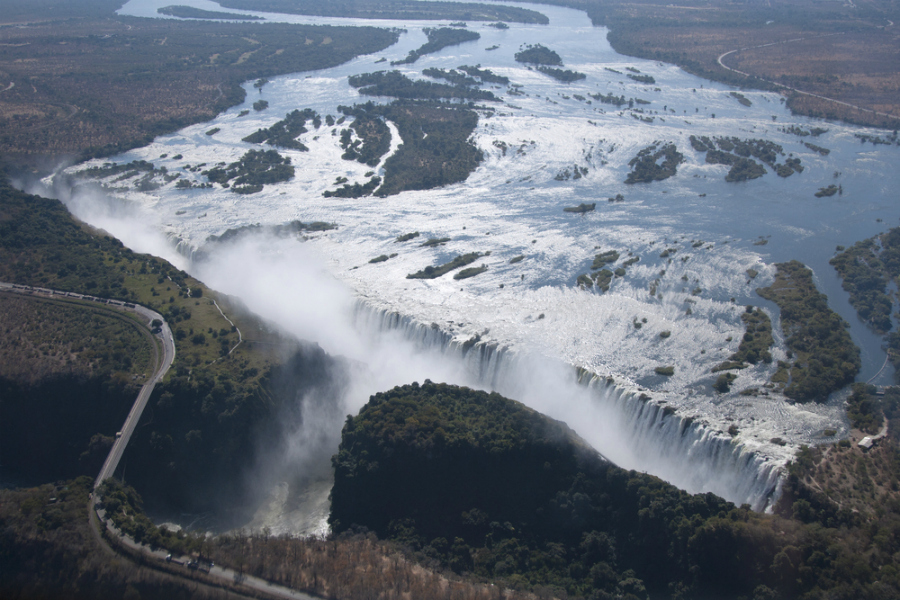Since its inception in 1978, UNESCO has designated 129 World Heritage Sites in Africa, in 37 different countries. Ranging from cultural monuments, to wilderness conservation areas, to archaeological sites, these remarkable attractions are given funding and personnel to ensure their maintenance and protection. The following are some of the most remarkable UNESCO World Heritage sites in Africa, which should be on your to-do list if they’re not already.
Stone Town, Zanzibar
The architecture and culture of the ancient town center of Zanzibar island reflects a millenium of cultural blending between Arabs, Africans, Indians, and Europeans. The narrow winding streets reveal markets, cathedrals, and the faded remnants of once-grand merchants’ mansions.

Elephants at Amboseli National Park, Kenya, with Mt. Kilimanjaro in the background (Amoghavarsha / Wikimedia Commons)
Kilimanjaro National Park, Tanzania
Beloved by climbers, Kilimanjaro is part of a national park which encompasses five main vegetation zones and is home to seven species of primates, 25 species of carnivore, 25 types of antelopes and 24 varieties of bat. Kili is also the highest mountain in Africa and the largest freestanding volcano in the world.
Namib Sand Sea, Namibia
Namibia’s sweeping dunes tower hundreds of feet high and were formed over thousands of years. Famous ones such as Dune 45 and “Big Daddy” are popular spots for trekkers, who come to climb them and enjoy the panoramic views. Another famous spot in the sand sea is Deadvlei, adjacent to the dunes, where blackened 900-year-old skeletons of camelthorn Acacia trees erupt from the stark white clay pan.
Rock-Hewn Churches of Lalibela, Ethiopia
Back in the 12th century, devout Christians carved churches right into the cliffs of Lalibela, Ethiopia. It is now one of the best destinations for rock-cut architecture in the world. Not only were doors and windows cut from stone: rich frescoes and detailed interior carvings were added as well. Visitors can may also get the chance to see centuries-old gold and silver crosses, and occasionally witness an Ethiopian Orthodox religious ceremony.
Kairouan, Tunisia
The Mosque of Uqba is centerpiece of the holy city of Kairouan in Tunisia, which was the seat of religious and political life in the Mahgreb during medieval times. The Grand Mosque’s dazzling and intricate design and decoration are second-to-none: gold chandeliers tower over the prayer halls; Corinthian columns; naves, gates and horseshoe arches circle the courtyard’s perimeter; and a wooden pulpit in the main prayer hall is carved with vines, grape leaves and pine cones.
Goree Island, Senegal
This small island offshore from Dakar was the center of the West African slave trade in the 17th and 18th centuries, and is now a popular pilgrimage site for African-Americans and other people of the African diaspora. Visually beautiful but historically painful, the streets are lined with pretty colonial houses, many of which contain museums such as the House of Slaves, the Maritime Museum and the Women’s Museum.
The Towns of Djenne, Mali
The towns of Djenne (Djenné-Djeno, Hambarkétolo, Kaniana and Tonomba) have been inhabited since 250 BC and were once an important trading center and hub of Islamic learning. The ancient buildings are renowned for their distinctive Islamic architecture and mud-brick construction.
Bwindi Impenetrable National Park, Uganda
Bwindi Impenetrable National Park in Southwestern Uganda, home to the Bwindi Impenetrable Forest, supports one of the most varied and astounding ecosystems in Africa. Hundreds of species of mammals, birds, amphibians and more live in the rich habitats of the park. Bwindi is perhaps best known for having half of the world’s population of endangered mountain gorillas. The park also serves as the border with the Democratic Republic of Congo and is adjacent to the Virunga National Park and Albertine Rift.
Agadez, Niger
Similar to Djenne, the historic trading town of Agadez is characterized by earthen architecture that dates back to the 15th century. The most notable structure is the mosque, which has a 27m high mud brick minaret, the highest of its kind in the world.
Victoria Falls, Zambia/Zimbabwe
Victoria Falls, also known as Mosi-oa-Tunya, or “The Smoke That Thunders,” is a magnificent waterfall of the Zambezi River on the border of Zambia and Zimbabwe. By most accounts, it is considered the largest waterfall in the world – 1,708 meters wide and 108 meters high – resulting in a mean annual flow rate of 1,088 tons per second. There’s an area known as Devil’s Pool near the edge of the falls on Livingstone Island (on the Zambia side) where the brave can take a swim right before the water rushes over the edge when river flow is at the right level.
Keren Mikva contributed to this slideshow.
Related content on AFKTravel:
Tanzania’s 7 Incredible UNESCO World Heritage Sites (And Why You Should Visit)
Take A Trip Back In Time At Morocco’s UNESCO World Heritage Sites
UNESCO Spotlight: Exploring South Africa’s Vredefort Dome
Want to discover the finer side of Africa? Sign up for our weekly newsletter.
